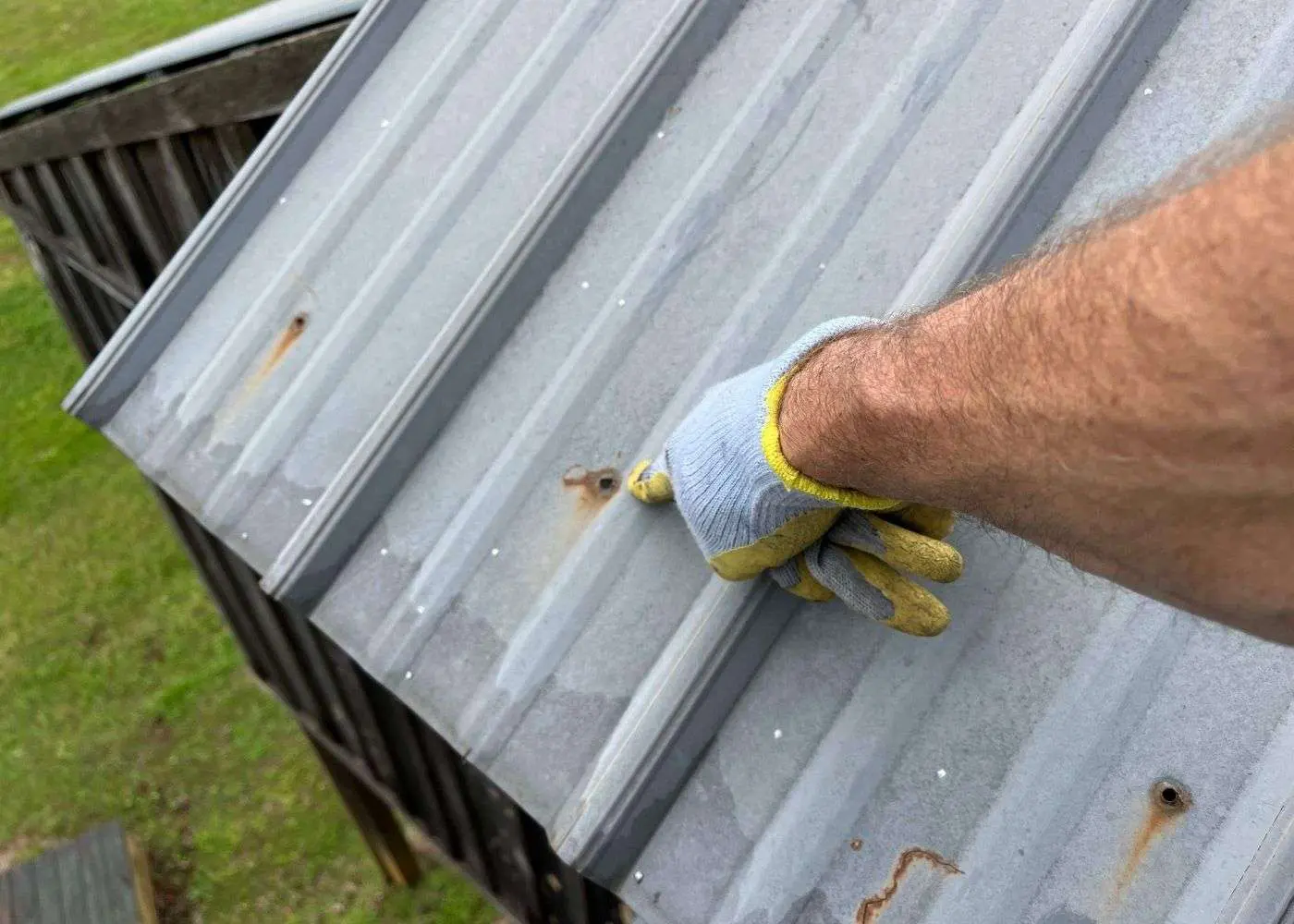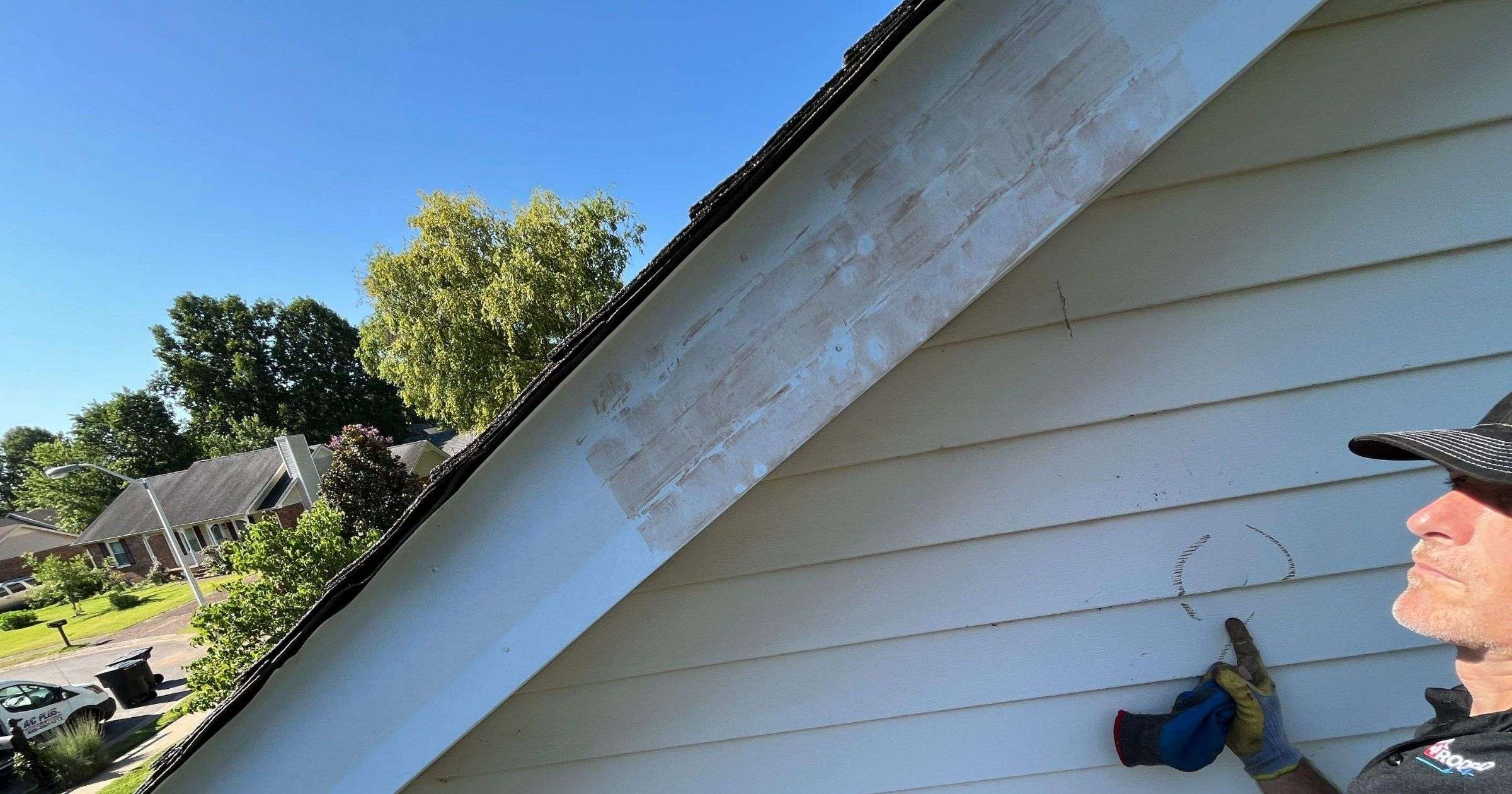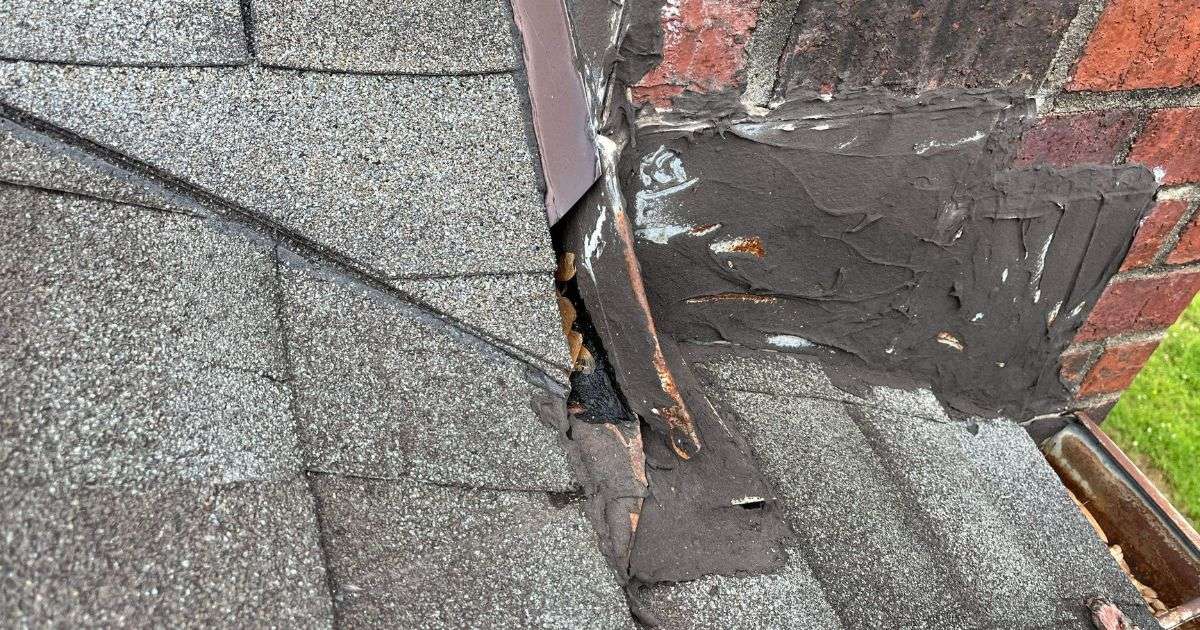Protect Your Roof Warranty & Insurance After Damage

Storms or leaks causing roof damage can be stressful. It’s easy to focus on repair costs and go for a quick DIY fix or the cheapest contractor. But shortcuts can void your warranty or impact insurance coverage, leading to bigger expenses.
This guide explains how to protect your warranty and insurance, avoid common mistakes, and why professional roofing services matter. Let’s keep your home and wallet safe.
Roof Warranty vs. Homeowners Insurance: What’s the Difference?
Knowing the difference between a roof warranty and homeowners’ insurance can prevent future headaches. They cover different issues and operate differently.
What’s a Roofing Warranty?
A roofing warranty covers materials and installation but only for defects under normal conditions—not external damage or neglect.
There are two main types:
- Manufacturer’s Warranty: Covers defective materials (e.g., shingles wearing out too soon). These last 20-50 years but don’t include installation errors or external damage.
- Workmanship Warranty: Provided by your roofer, covering problems like leaks from poor installation. These typically last 1-10 years.
If an issue arises, you’ll need to determine whether it’s caused by defective materials (manufacturer) or poor installation (roofer). That’s why it’s critical to hire a contractor with strong workmanship coverage.
Warranties can also be:
- Prorated: Coverage decreases over time.
- Non-prorated: Full coverage for the entire term, saving you money in the long run.
What About Homeowners Insurance?
Homeowners insurance doesn’t just cover your roof—it protects your entire home from events like fires, windstorms, hail, or falling trees.
But here’s the catch: insurance doesn’t cover everything. If your roof is old, worn out, or neglected, insurance won’t pay for normal wear and tear.
Here’s how payouts work depending on your policy:
- Replacement Cost Value (RCV): Covers the full cost to repair or replace your roof (minus your deductible).
- Actual Cash Value (ACV): Pays based on your roof’s depreciated value at the time of damage. For older roofs, this often means a much smaller payout.
The difference between RCV and ACV is big. With an ACV policy on an old roof, your payout might not cover full repairs or roof replacement, leaving you to cover the rest.
Also, keep in mind that deductibles for roof damage are often higher, especially for common issues like wind or hail.
Maintenance is Key
To keep your warranty and insurance valid, you need to maintain your roof. Skipping maintenance or cutting corners could void both. Regular roof inspections and timely repairs are essential to keeping your roof in good shape—and ensuring you’re covered if something goes wrong.
Warranty Killers: Mistakes That Void Your Coverage
Roof warranties are great—until they’re not. Avoid these common pitfalls:
- Improper Installation: Using the wrong nails or underlayment voids your warranty. Always hire certified contractors.
- DIY or Unauthorized Repairs: Fixing your roof yourself or using unapproved contractors can nullify your warranty. Stick to the pros.
- Skipping Maintenance: Clean gutters, clear debris, and schedule inspections. Neglecting maintenance can damage your roof and void coverage.
- Poorly Installed Attachments: Adding satellite dishes, skylights, or solar panels? Ensure proper installation to avoid leaks and warranty issues.
- Pressure Washing: High-pressure water damages asphalt shingles, leading to leaks and voided warranties.
- Layering Roofs: Adding a roof over an old one voids warranties, traps moisture, and hides leaks.
- Bad Ventilation or Insulation: Poor ventilation traps heat and moisture, wearing out shingles faster. Improper insulation causes major issues too.
Shortcuts like DIY repairs or layering might save money now, but they’ll cost you later. Invest in proper installation, maintenance, and professional help to keep your warranty—and your wallet—safe.
The True Cost of Cutting Corners: Why DIY or Cheap Roofers Aren’t Worth It
Roof damage can tempt you to cut costs with a DIY fix or the cheapest handyman. But those savings often lead to bigger problems later. Here’s why:
Voided Warranties
DIY repairs or work by unlicensed contractors can void your warranty. Manufacturers won’t cover improperly installed products, leaving you to pay out of pocket.
Insurance Risks
- Denied Claims: Bad repairs, like poor patch jobs, can worsen damage, leading to denied claims.
- Policy Cancellation: Unlicensed contractors increase risk, potentially causing your insurer to cancel your policy.
Shoddy Workmanship
Untrained contractors or DIY fixes often misdiagnose problems or make poor repairs, leading to leaks, mold, or water damage. Small issues can quickly turn into costly disasters.


Safety Concerns
Roof work is dangerous. Without proper training or equipment, there’s a high risk of falls or injuries, creating even bigger problems.
Legal and Financial Liabilities
- Injured Workers: If an uninsured worker is injured on your property, you could be liable for their medical bills. Licensed pros carry insurance to protect you.
- Code Violations: Unlicensed contractors may skip permits or ignore building codes, leading to fines, delays, or issues when selling your home.
Why Hire Pros?
Cutting corners might save you upfront, but it often leads to bigger costs down the line: voided warranties, denied insurance claims, safety risks, and legal liabilities. Don’t risk it—always hire qualified, licensed roofers for a job done right!
Roof Damage? Here’s Your Quick and Easy Action Plan
Dealing with roof damage can be stressful, but staying calm and organized is key to protecting your home and ensuring a smooth insurance claim. Here’s what to do:
- Step 1: Stay Safe and Check the Damage. Safety first! Don’t climb on the roof if it’s steep, wet, or unstable. Assess the damage from the ground or a safe spot like a window. Use binoculars, take clear photos/videos, and note the date and time. This documentation is critical for your insurance claim. If possible, cover the damage with a tarp, but document everything before and after.
- Step 2: Review Your Paperwork. Check your roofing warranty and insurance policy to understand what’s covered and how the claims process works.
- Step 3: Contact Your Insurance Company. Report the damage quickly—this is often required by policies. Send the photos, videos, and details you’ve collected.
- Step 4: Hire a Trusted Roofing Contractor. After a storm, you’ll see offers from contractors, but don’t rush. Avoid shady “storm chasers” and choose a licensed, insured roofer with good reviews. They’ll document the damage, provide an honest estimate, and help with your insurance claim.
Follow these steps in order, and avoid permanent repairs before consulting your insurer—it could affect your claim. Proper documentation proves the damage wasn’t due to neglect. Skip DIY fixes, as they might void your warranty.
Your Trusted Roofer: Protect Your Warranty and Your Wallet
Hiring a licensed, insured professional doesn’t just fix leaks—it protects your home and simplifies insurance claims.
How a Professional Roofer Protects Your Warranty
- Proper Installation and Materials: Pros use approved materials and follow guidelines to keep warranties intact.
- Industry Knowledge: Licensed contractors stay updated on warranty requirements.
- Extra Coverage: Many roofers offer workmanship warranties for installation errors.
Making Insurance Claims Easier
A skilled roofer can make insurance claims less of a hassle:
- Thorough Inspections: They find hidden damage and provide clear documentation with photos and reports.
- Accurate Estimates: Roofers provide detailed estimates, helpful if your insurer’s numbers fall short.
- Adjuster Meetings: They meet with insurance adjusters to ensure all damage is documented.
- Claim Guidance: While they can’t file claims, roofers help with paperwork and flag missing items.
- Insurance Expertise: Experienced roofers streamline the process.
Roof Repairs That Last
The right roofer doesn’t just fix today’s issue—they protect your home long-term:
- Expert Craftsmanship: Licensed pros address the root cause to prevent recurring problems.
- Code Compliance: Reputable roofers follow local codes, avoiding fines or setbacks when selling your home.
- Quality Materials: Established contractors use durable materials and offer upgraded warranties through manufacturers.
A roofer isn’t just someone with a ladder—they’re your advisor, managing repairs and insurance claims to save you stress and prevent costly mistakes.
Why Hiring a Licensed Roofer Matters
Licensed, insured roofers help you avoid headaches like voided warranties, denied claims, shoddy work, liability issues, or code violations. Cheap, quick fixes often lead to hidden costs later, so it’s worth investing in a reputable professional.
Final Thoughts
Roof damage can feel overwhelming, but your choices afterward are critical. DIY fixes or hiring bargain roofers might save a few dollars upfront, but they can void warranties, mess up insurance claims, and cost more in the long run.
To protect your home, understand your roofing warranties and insurance policies. Avoid risky repairs or neglect that could void these protections. Instead, take a calm, step-by-step approach: document the damage, contact your insurer, and hire a licensed roofer. They’ll handle repairs and guide you through the claims process, keeping warranties intact and your best interests in mind. Trusting the experts safeguards your investment—and your peace of mind.
If you’re in Tennessee or Georgia, then Roof MD can help! We offer free roof inspections, roof repair, replacement services and specialize in helping people through insurance claim process. As a Owens Corning Platinum Preferred Contractor, we pride ourselves on holding up the highest standard of roofing and never cut corners. Book your in-depth roof inspection today.
